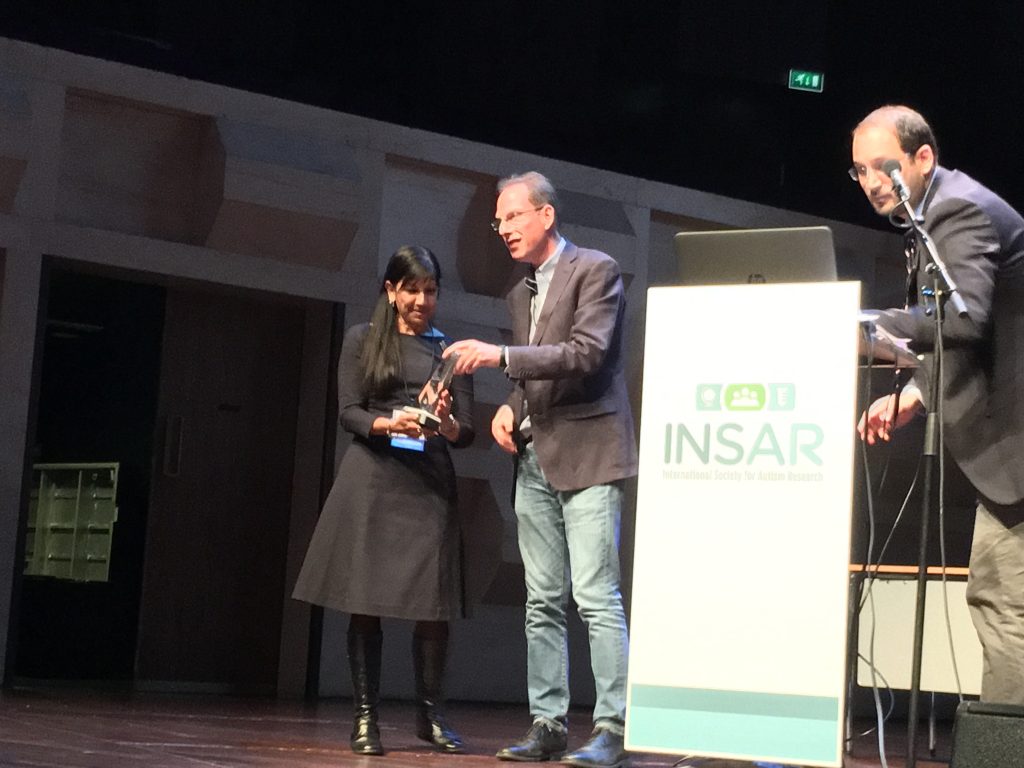The Graduate Certificate in Autism Diagnosis will provide graduates in psychology, speech pathology, occupational therapy, paediatrics or psychiatry with the specialist knowledge and clinical skills required to participate in multidisciplinary team assessments for Autism Spectrum Disorder. Graduates from the program will be able to complete discipline-specific assessments of children and adults presenting for ASD diagnosis, prepare appropriate reports, effectively coordinate their work with other members of multidisciplinary teams and work responsibly in an agency providing diagnostic services.
More details on Graduate Certificate in Autism Diagnosis can be downloaded here
Online applications for February 2019 intake open 1st August 2018 and will close 31st October 2018.
http://www.studyat.uwa.edu.au/postgraduate-coursework/apply#science


